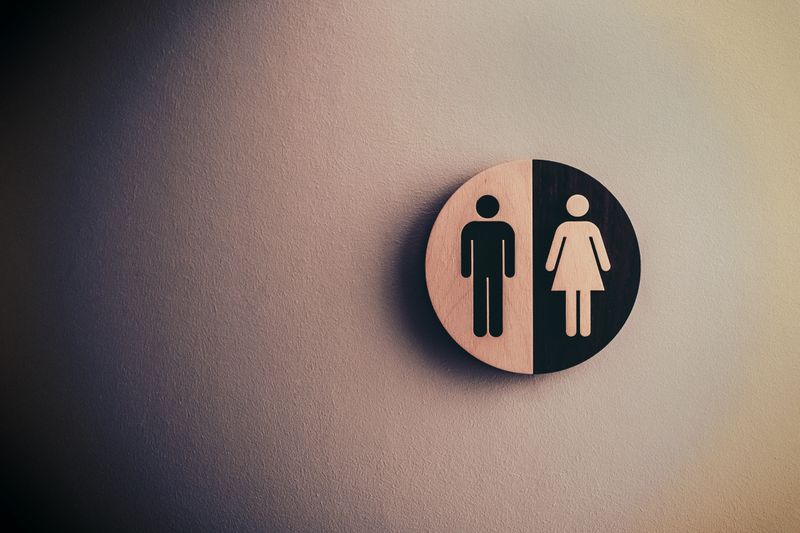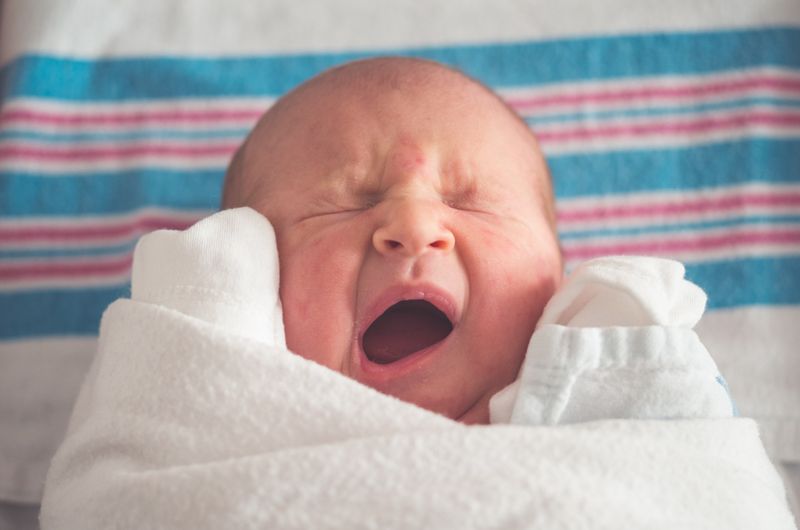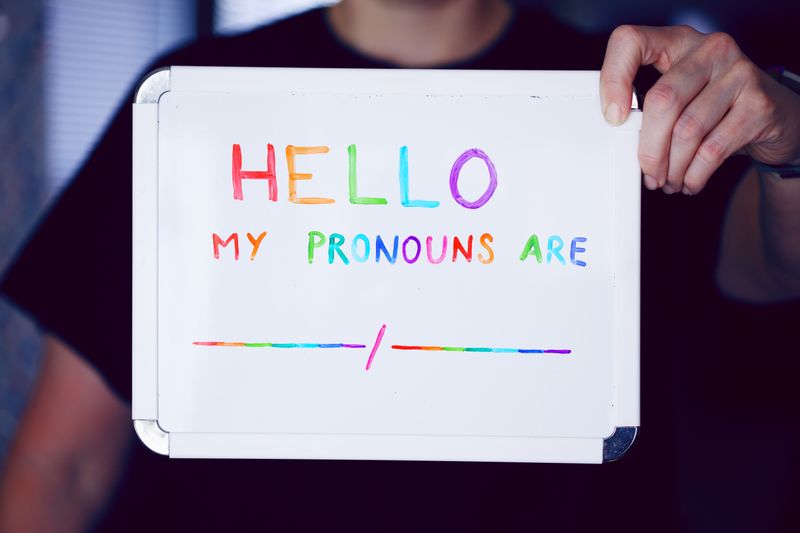Non-binary and trans people have always been here, not least in every recorded society from the ancient world onwards.
It's only been in recent years that we have a common language to explain how people experience gender:
Gender identity is a person's internal experience of gender
Gender expression is the way a person expresses their gender externally
 Photo by Tim Mossholder on Unsplash
Photo by Tim Mossholder on UnsplashGaining more profound knowledge about gender identity and expression can help you support a friend, better define yourself, and understand others. Additionally, it will help you to understand gender identity vs gender expression meaning.
Gender Identity
Historically, sex and gender have been entwined and thought of in a binary masculine and feminine system. Babies are assigned a sex at birth, and that is assumed to also be their gender. That isn't always the case, as gender identity is a spectrum. According to genderspectrum.org:
Gender identity is our internal experience and naming of our gender. It can correspond to or differ from the sex we were assigned at birth.
 Photo by Tim Bish on Unsplash
Photo by Tim Bish on UnsplashTypes of Gender Identities
To understand the difference between gender identity vs gender expression, let's start with common terms. Here are a few from verywellmind:
Agender —someone with no gender, or who does not identify with any gender
Cis or cisgender —someone who identifies with the sex they were assigned at birth
Genderfluid —someone whose gender identity is not fixed to one gender
Nonbinary—someone whose gender falls outside the male/female binary
Trans/transgender —someone who identifies with a different sex than they were assigned at birth
 Photo by Delia Giandeini on Unsplash
Photo by Delia Giandeini on UnsplashGender Expression
What differentiates gender identity vs gender expression is that gender expression is how people present themselves through their clothes, hair, mannerisms, body language, and more. You can express your gender identity, go against expectations, or vary how you express yourself depending on how you feel on any given day.
For example, someone who identifies as a man can wear makeup as a form of gender expression and still feel masculine.

Quiz
Chelsea uses she/her pronouns. She wears masculine clothing at work. This is an example of:
Pronouns
 Photo by Sharon McCutcheon on Unsplash
Photo by Sharon McCutcheon on UnsplashPronouns are one way to express gender. Some common pronouns are:
She/her/hers — for people who identify as female
He/him/his — for people who identify as male
They/them/theirs — for people who identify as non-binary
She/they or they/him — for people with genderfluid identities
Use pronouns that people request you use, even if you haven't heard them before. Respect how others express themselves and don't make assumptions based on appearance alone.
Take Action
There are many ways to define yourself, and this is just the beginning of understanding gender identity vs gender expression. Continue exploring the gender spectrum to understand better and support yourself and others.

Your feedback matters to us.
This Byte helped me better understand the topic.
